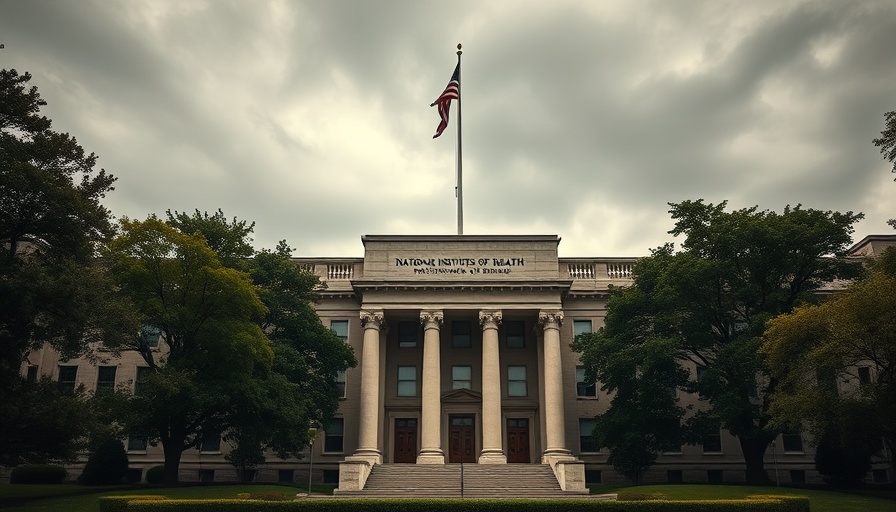
Deep Cuts at NIH: A Race Against Time
The atmosphere at the National Institutes of Health (NIH) in Bethesda, MD, has become increasingly tense as the agency braces for potential cuts impacting up to 5,000 positions. With whispers of impending layoffs echoing through the hallways, fear and confusion dominate conversations among scientists and administrators. As Kim Hasenkrug, a NIH scientist emeritus, aptly put it, “Nobody feels like their job is safe. Everyone is on edge.”
Understanding the Current Climate
This turmoil at NIH follows a broader trend of uncertainty and lack of transparency regarding funding policies. As new leadership prepares to take the helm, including President Trump’s nominee for NIH commissioner, Jay Bhattacharya, staff is left wondering about the future. Reports indicate that termination figures are being withheld even from direct supervisors, leading to miscommunication and unrest.
A Ripple Effect on Biomedical Research
The consequences of these cuts could ripple across the entire biomedical research landscape in the U.S. Historically, the NIH has been crucial in funding groundbreaking studies, making contributions that have transformed our understanding of diseases from cancer to COVID-19. However, with the current political climate under scrutiny, many scientists fear a stalling of innovation and potential loss of talent.
Community Response and Concerns
Employees have expressed that morale is at an all-time low, with scientists worrying about job security and the implications for ongoing research. One unnamed senior scientist voiced a compelling concern: “The biomedical research enterprise in the United States depends largely on NIH dollars. You take the dollars away, the labs go away, and you lose the next generation of scientists.”
Conclusion: The Importance of NIH
As we navigate these uncertain times, it is vital for the scientific community and the general public to rally in support of the NIH. The agency stands at the forefront of biomedical discovery, and its stability is crucial for the future of health research in the United States. It remains to be seen how the changes will pan out, but the urgency to protect and invest in health research is more critical than ever.
 Add Row
Add Row  Add
Add 




Write A Comment